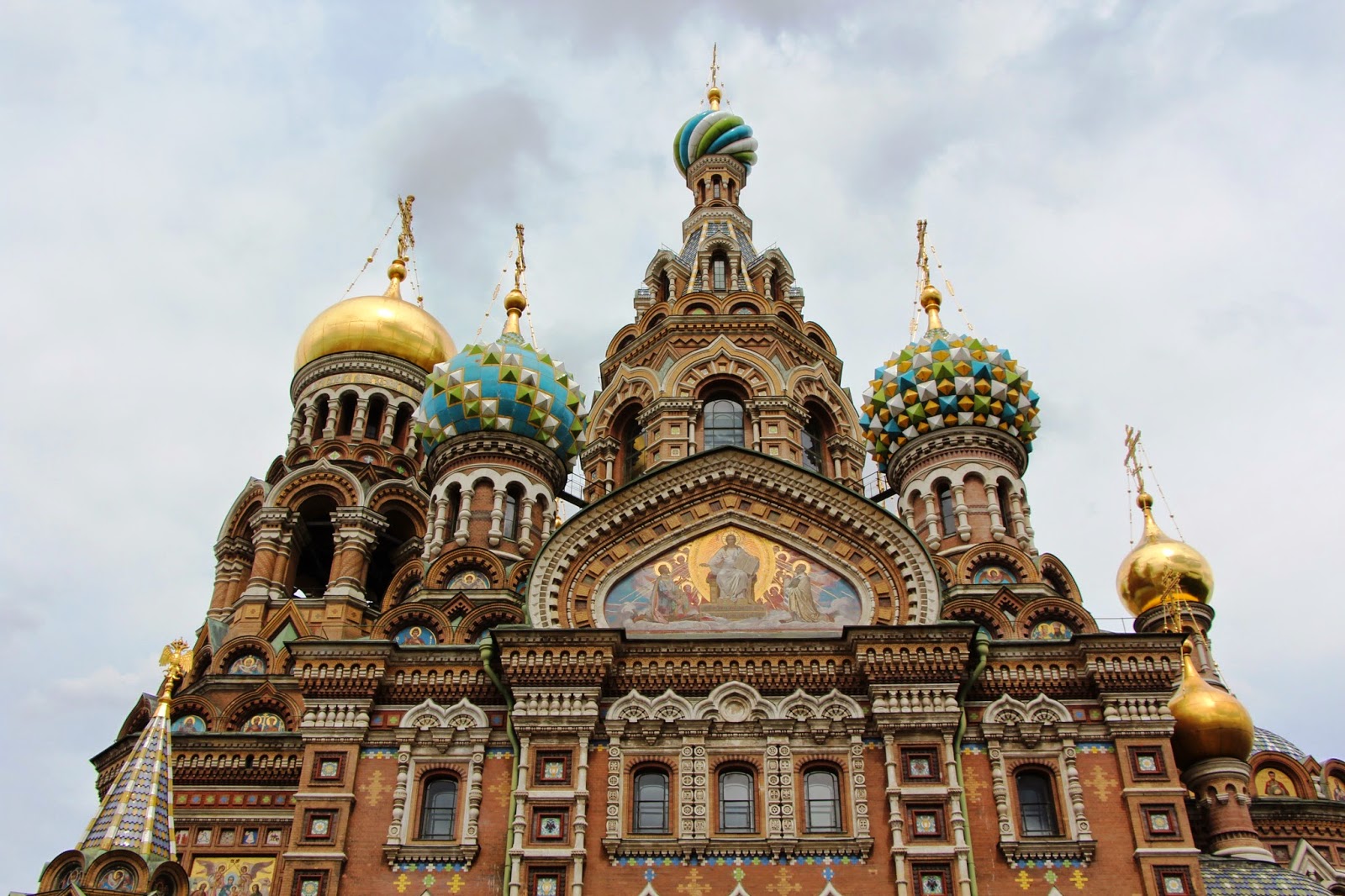 |
| The Little Mermaid |
Denmark’s capital Copenhagen certainly lives up to its fairy tale
reputation. The city just seems to have
a vibe about it which strikes you immediately.
There’s no better way to explore Copenhagen than to put on a good pair
of walking shoes and get going. From the
polar bear statue on the waterfront scarred by bullet holes from the Nazi’s
World War Two invasion, the polar bear represents Denmark’s trade history with
Greenland and Iceland.
Further along the harbour there she is, Copenhagen’s most famous
symbol. The Little Mermaid sits
poignantly atop a series of well placed boulders unmoved by the throngs of
tourists who have come to pay their respects.
One after another, there are so many historic buildings in Copenhagen,
each with their own story to tell. For
instance, Christianborg Palace, seat of the Danish Parliament and the
venue where new monarchs are proclaimed.
The Church of Our Savior with its unusual tower and outside
spiral staircase. The Borsen, the
world’s oldest active stock exchange and its three green dragons with tails
twisted forming a thin, graceful spire.
 |
| Changing of the guard outside Amalienborg Palace |
The official royal residence, the Amalienborg Palace, is
particularly striking. The residence
surrounds a square and is made up of four perfectly proportioned Rococo
buildings with a statue of King Frederik V in the middle. The ceremonial changing of the guards was
taking place as we arrived. Soldiers in
bearskin hats and blue and white uniforms marched in unison across the cobbled
square.
The monarchy is popular in Denmark and when the heir to the throne Crown
Prince Frederik married his Australian girlfriend, Mary, the Danes fell in love
with her too. The lady from Hobart made
it her business to learn Danish and apparently speaks it flawlessly.
 |
| Nyhavn waterfront |
During his lifetime Hans Christian Andersen lived in several buildings
in Nyhavn, the old harbour area of Copenhagen. A
colourful area with brightly painted 500 year old gabled buildings, the area is
lined with open air cafes and restaurants and positively bursts with activity. Tucked away at one end of the harbour is a
building that once housed the White Star Line’s offices. It was from this
building that ten tickets were sold for the ill fated Titanic crossing.
A ride along the city’s waterways provides an excellent vantage point to
admire residences on land and water. Old
warehouses have been transformed into elegant apartments and together with more
modest accommodations and houseboats, the view from the water makes for an
eclectic atmosphere.
 |
| Main gate into Tivoli Gardens |
And speaking of fantasy, Tivoli Gardens which had its beginnings
in 1843 has a sort of faded old charm about it.
The 100-year old roller coaster positively roars around the park. The heart stopping Star Flier has heads
craned upward in awe to watch riders quickly spiral downward from a
particularly tall tower.
The park bursts
with colour, whether its from the gardens themselves or the bright lights that
come into their own as darkness falls.
After all, a little Danish fantasy time never hurt anyone.







 Interestingly, the
bull kelp has a musical adaptation. When
approached correctly, the kelp does a mighty fine impression of a Vuvuzela, the plastic trumpet sported by
fans at the soccer World Cup in South Africa.
Interestingly, the
bull kelp has a musical adaptation. When
approached correctly, the kelp does a mighty fine impression of a Vuvuzela, the plastic trumpet sported by
fans at the soccer World Cup in South Africa. 










































